Diabetes Device Choices
Overview
Sensor & Pump
Eversense & Tandem
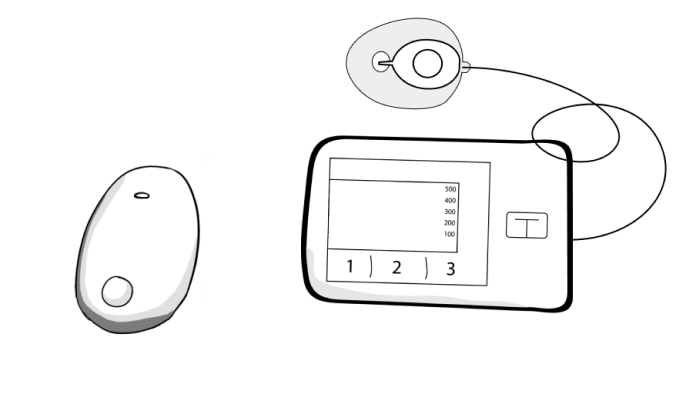
The Eversense sensor is implanted under the skin, so you can be discrete when needed. Paired with the Tandem pump, you have the ability to easily dose your insulin as needed. The Tandem pump also allows you to bolus directly from a compatible iOS or Android smartphone.
*You will need an iPhone to use the Eversense sensor.
Sensor & Smart Pump
Medtronic 780G Smart System
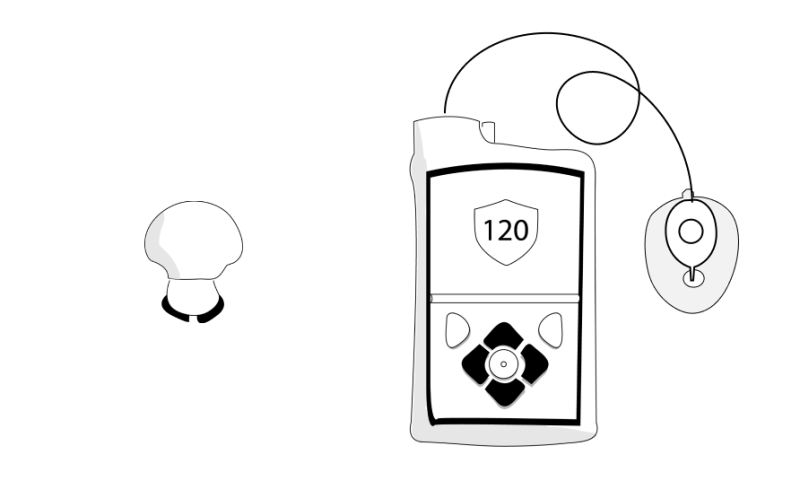
The MiniMed™ 780G hybrid closed-loop system adjusts your basal insulin levels based on personalized glucose targets (as low as 100 mg/dL). This system automatically corrects highs if carb counts are miscalculated or bolus is occasionally missed.
- MiniMed™ 780G pump + Guardian™ 4 Sensor with Guardian™ Link 4 transmitter (Guardian™ Sensor 3 with Guardian™ Link 3 transmitter)
Priority: Overall
Next Steps

You're going to do great on the devices you choose
Talk to your provider to get a prescription. Advocate for yourself with a list of reasons why you believe it is best for your lifestyle.
Talk to the device companies about the device you want and if your insurance will cover it. They can help with this.
Many insurance companies require documentation of different qualifications before approving diabetes device coverage. every insurance company is different but some common qualifications include checking your blood sugar 4-6 times per day or having frequent low blood sugars. Understanding what qualifications are necessary for device coverage before starting the approval process can make things a lot easier.
Visit https://diabeteswise.org/resources/getting-treatment/qualify-for-insurance/ for more resources.
Questions for your Doctor
Eversense & Tandem
Can I try this before I commit to it?
A lot of provider offices have sample devices you can touch and feel to get a sense of how they work. Some offices even have a trial device you can use for week to see how it works for you.
Medtronic 780G Smart System
Can I try this before I commit to it?
A lot of provider offices have sample devices you can touch and feel to get a sense of how they work. Some offices even have a trial device you can use for week to see how it works for you.
How does a smart system work?
Automated insulin delivery systems usually have three parts: a continuous glucose monitor (CGM), an insulin pump, and an algorithm, which is the brain. It makes many dosing decisions for you with less button pushing. The system senses your blood sugar level and adjusts insulin delivery automatically.
Questions for your insurance
Many insurance companies require documentation of different qualifications before approving diabetes device coverage. Every insurance company is different, but some common qualifications include checking your blood sugar 4-6 times per day or having frequent low blood sugars. Understanding what qualifications are necessary for device coverage before starting the approval process can make things a lot easier.
Talk to the device companies
Eversense
Either call the phone number here to ask about getting started or fill out the form that is linked here to get started.
1-844-736 7348 Eversense WebsiteTandem t:slim X2
Call Tandem and ask them about your coverage. Talk to your Doctor to get a prescription.
1-877-801-6901 Tandem WebsiteGuardian Connect
Call Medtronic and ask them about how much it will cost with your insurance coverage. Talk to your Doctor to get a prescription.
1-800-646 4633 Medtronic WebsiteMedtronic 630G
Call Medtronic and ask them about your coverage. Talk to your Doctor to get a prescription.
1-888-350-5440 Medtronic WebsiteAdditional Resources
By Priorities
 Active Lifestyle
Active Lifestyle
 Avoiding Highs and Lows
Avoiding Highs and Lows
 Comfort
Comfort
 Easy Insulin Dosing
Easy Insulin Dosing
 Easy to Use
Easy to Use
 Fewer Fingersticks
Fewer Fingersticks
 Privacy
Privacy
Cost & Coverage
Eversense
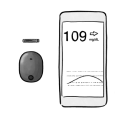
Guardian Connect
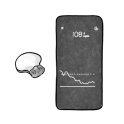
Glucose Testing Supplies
Sensors
Transmitter (1 time purchase & Rechargeable)
Sensors
Transmitter
Glucose Testing Cost Estimate
Startup Bridge Program $99.
This is a trial program and there are eligibility requirements that should be considered prior.
Eversense is covered by select insurers, including Cigna and Medicare.
Startup $69 to $206
Monthly $32 to $97
These prices vary by Insurance. If you call Medtronic they will start a process to check exactly how much your costs will be. Generally Medtronic pumps and sensors are covered by private insurance and medicare. It may be covered under durable medical goods or a pharmacy benefit.
Tandem t:slim X2
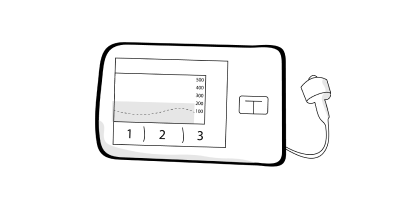
Medtronic 630G
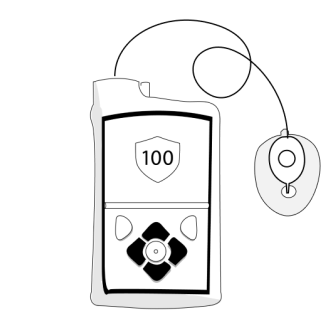
Insulin Dosing Supplies
Pump
Charger
Insulin Cartridges
Infusion Sites
Pump
Insulin Cartridges
Infusion Sets
Insulin Dosing Cost Estimate
Startup $5 to $6,995
Monthly $20 to $200
Widely covered for insulin-dependent type 1 and type 2. Pump can be provided by pharmacy, DME, or directly through Medtronic Diabetes. Price range; $0-$8,574 to start and $0-$300/Month. Price range varies depending on insurance coverage.



